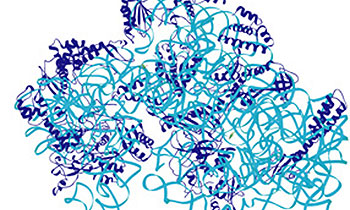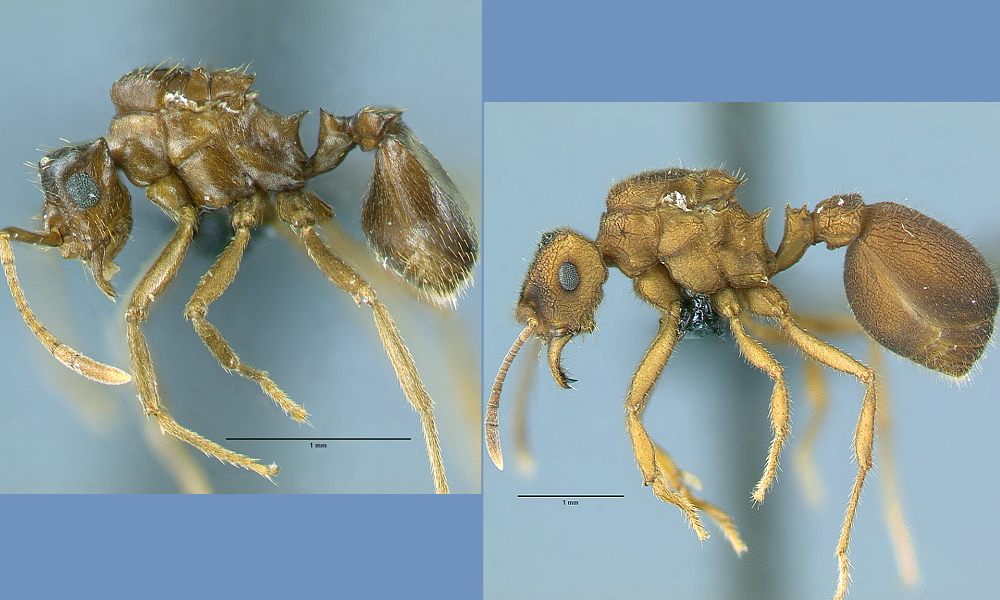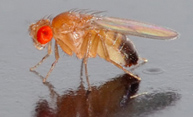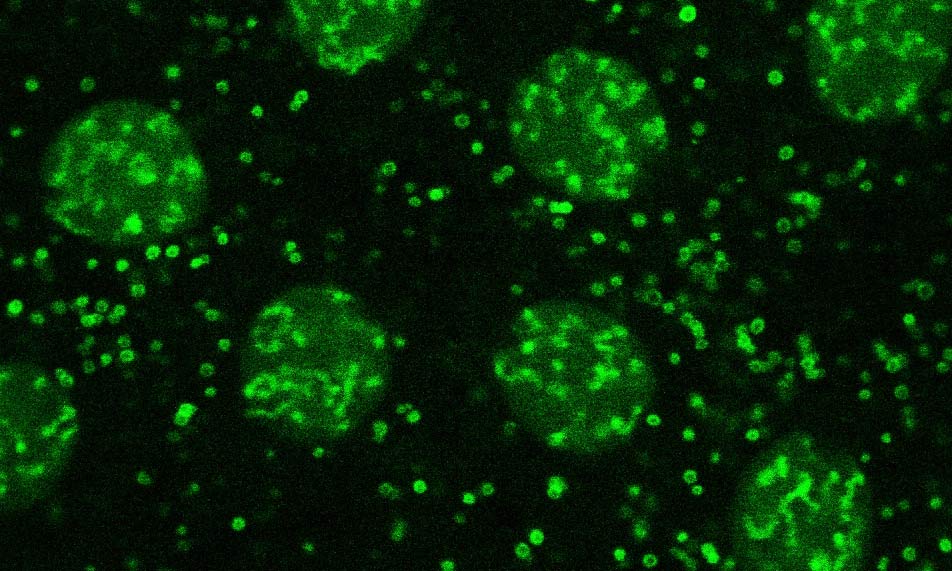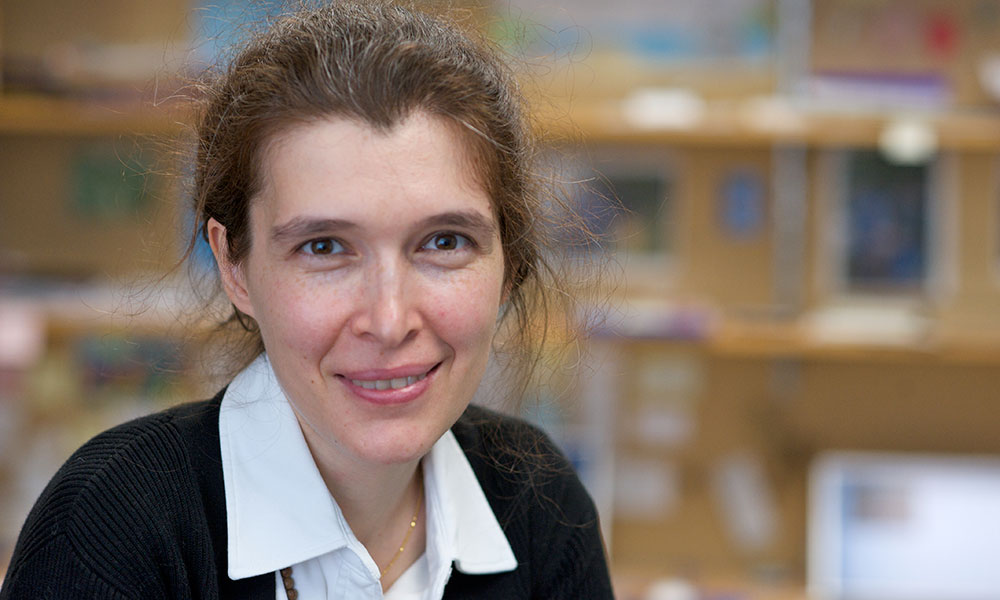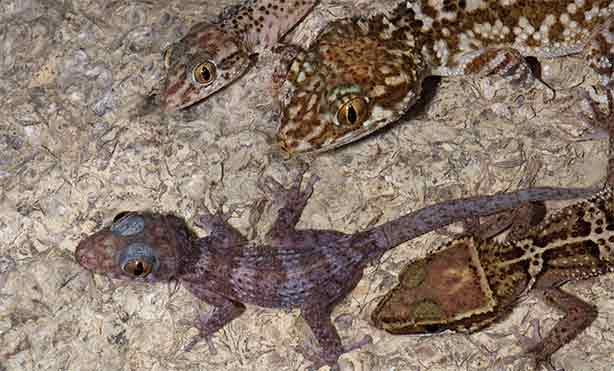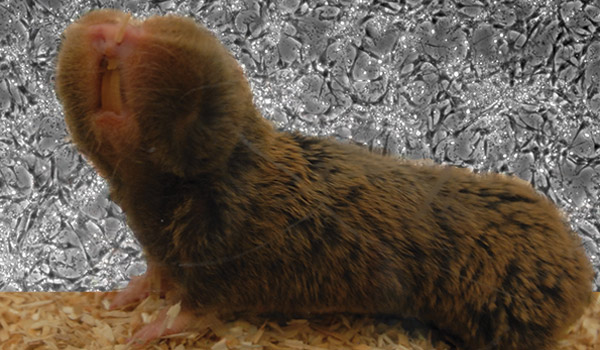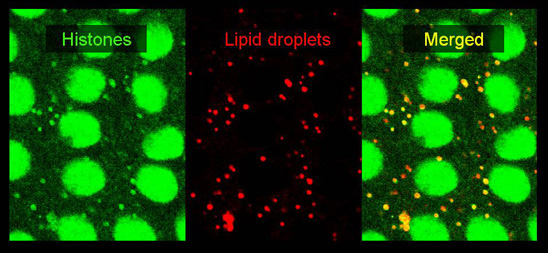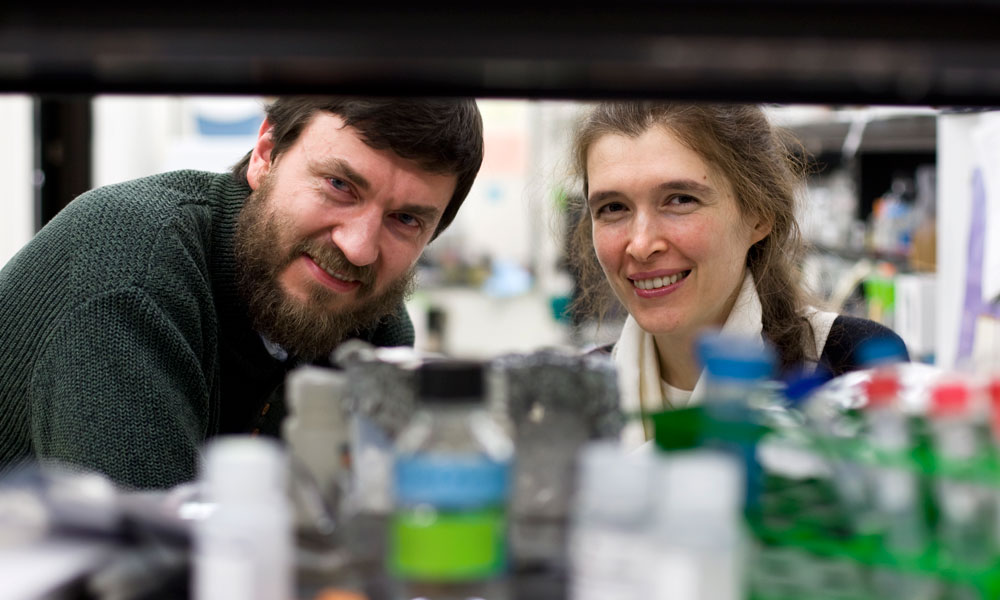
Science & Technology
Less effective DNA repair process takes over as mice age, biologists find
September 9, 2014
Biologists Vera Gorbunova and Andei Seluanov have discovered one reason for the the increase in DNA damage as we age: the primary repair process begins to fail and is replaced by one that is less accurate.

